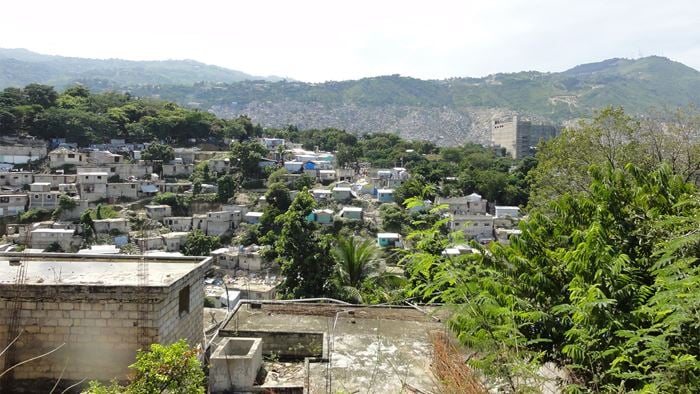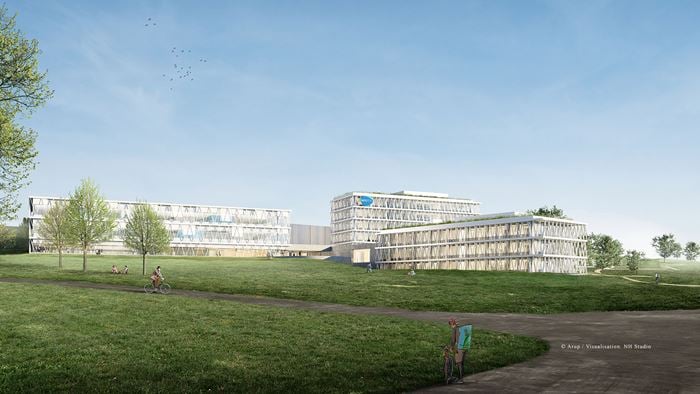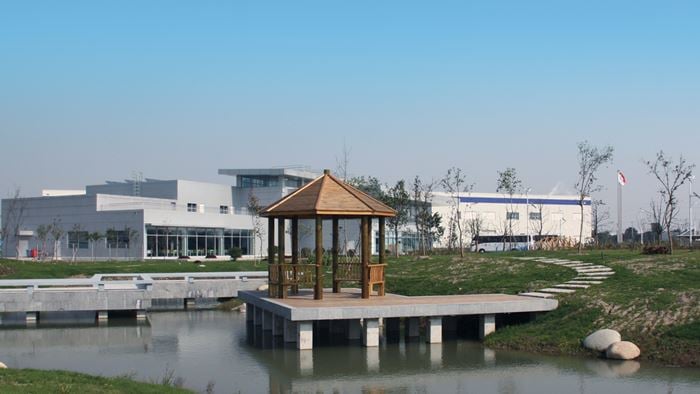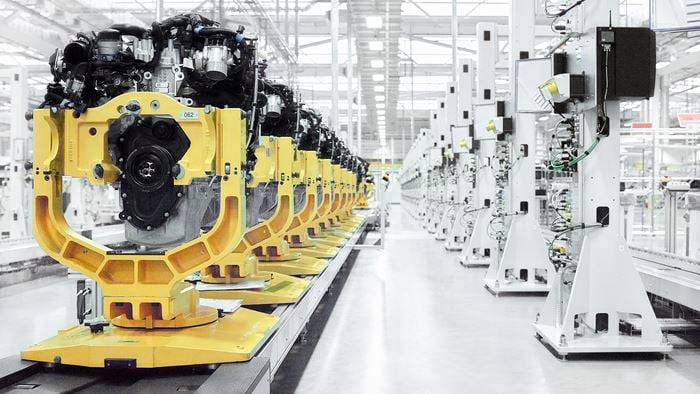Following the disaster in Rana Plaza in 2013, where a garment factory collapsed, resulting in the loss of 1,136 lives, we were asked to develop a methodology for assessing the structural safety of the factories in Bangladesh.
Understanding the importance of the garment industry for the people of Bangladesh, employing more than four million people, we came up with a pragmatic approach for carrying out the structural safety assessments, focusing on critical life–safety issues.
Driving change
Post-Rana Plaza, we have supported a number of clients in driving an agenda of change. So far, we have inspected over 800 factories there for Inditex (Spanish retail group) and the Bangladesh Accord on Fire and Building Safety - an umbrella organisation of clothing companies, employers and workers' representatives. We have provided clear advice on actions required to ensure the safety of the workers, including closure of a small number of facilities. In addition, we have overseen and provided a quality review role on an additional 750 fire, electrical and structural factory inspections which were commissioned by the International Labour Organisation on behalf of the Bangladesh Government.
In total, over 3,700 factories in Bangladesh were inspected using our structural methodology. All exporting factories are now assessed using the Arup-developed methodology.
The challenge presented by this project was how to balance the immediate requirement of preventing another Rana Plaza without shutting down an entire industry which is critical to the national economy.
The structural safety assessments are directly leading to safer workplaces for those employed in garment factories, ensuring that people feel safer going to work every day.
A vital industry
The textile garment industry is of critical social and economic importance in Bangladesh, employing more than four million people, many of whom are the sole wage-earners in their families. It is also a major source of employment for women in a country where they have been largely excluded from formal work in the cities.
Understanding the importance of this industry for the people of Bangladesh, we came up with a pragmatic approach for carrying out the structural safety assessments, focusing on critical life-safety issues.
Over 130 Arup staff have been to Bangladesh during this project, with contributions from 30 offices worldwide.
Having achieved many of our objectives and through the significant efforts of all involved, we hope that our contributions to this critically important undertaking can really help to shape a better world.

Other related projects in Bangladesh:
-
Emergency evacuation plans for factories (Client: Inditex)
-
Developing minimum inspection and assessment standards for Fire & Structures (Client: Bangladesh Accord on Fire and Building Safety)
-
Training on fire safety design with Bangladesh Fire Services and Civil Defence (Client: International Labour Organisation)
-
Development of Detailed Engineering Assessment Guidance Manual for follow-up structural assessments and remediation design (Client: Inditex)
-
Engineering Training Programme for Fire, Electrical and Structural Engineers (Client: Bangladesh Accord on Fire and Building Safety)
-
Assistance with establishing the Remediation Coordination Cell to administer the Bangladesh National Initiative factory remediation programme (Client: International Labour Organisation)
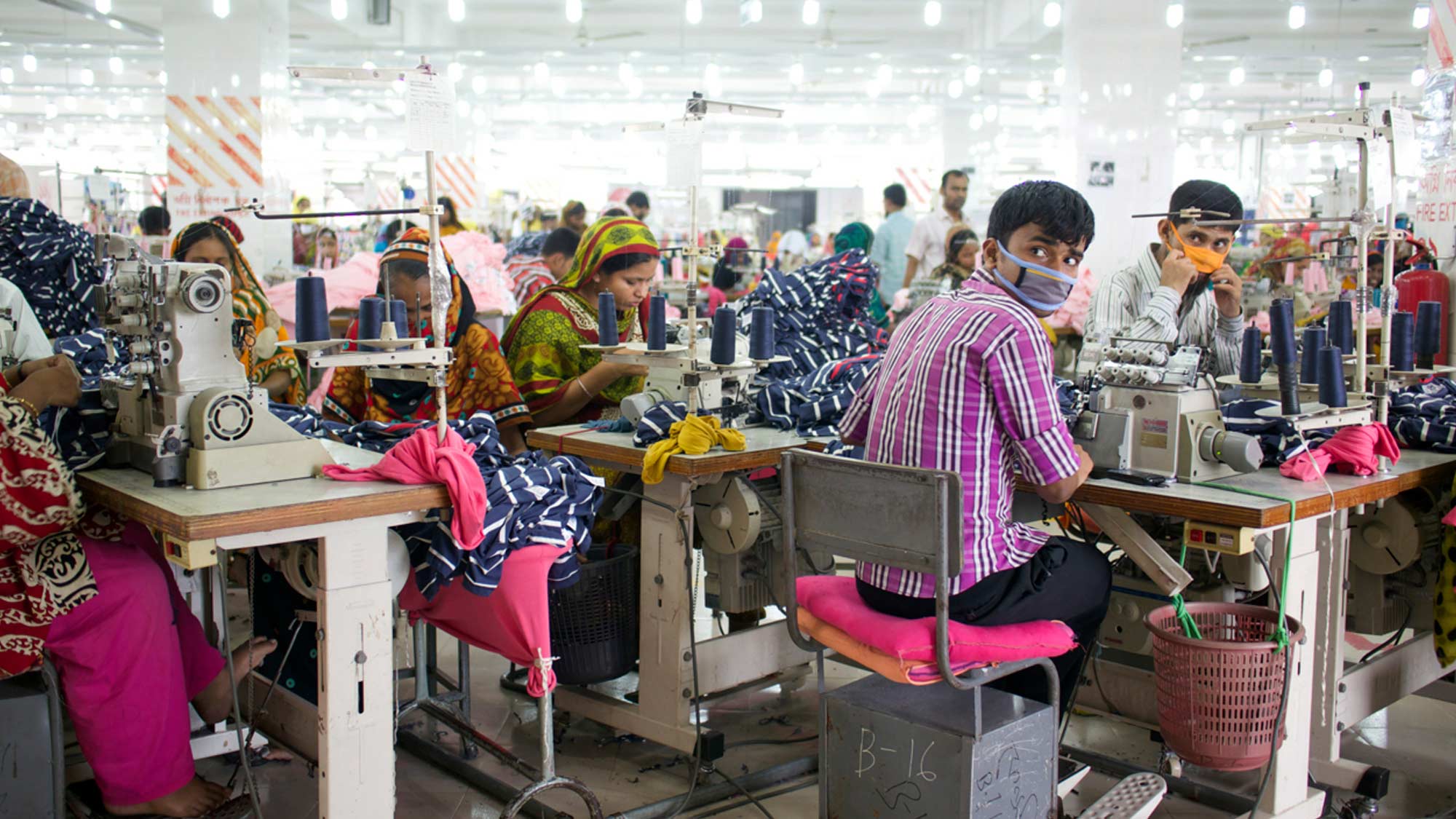 ;
;

